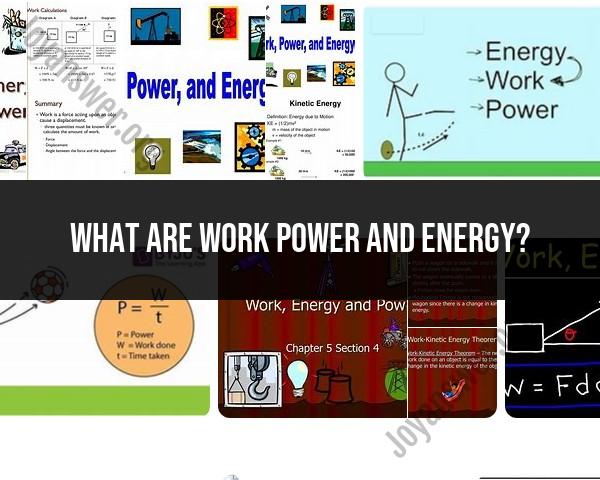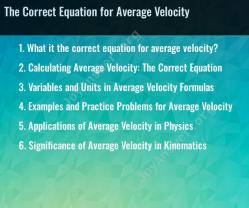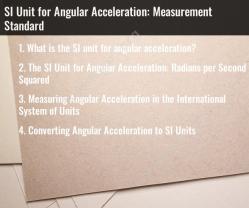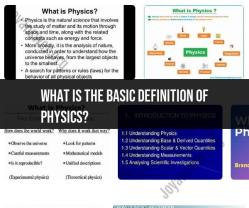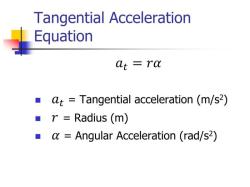What are work power and energy?
acts on an object, and the object is displaced in the direction of the force. Mathematically, work (W) is calculated using the formula:
where:
- is the work done,
- is the force applied,
- is the displacement of the object,
- is the angle between the force vector and the direction of displacement.
The unit of work in the International System of Units (SI) is the joule (J).
Power:
- Definition: Power is the rate at which work is done or the rate at which energy is transferred or converted. Mathematically, power (P) is expressed as:
where:
- is power,
- is the work done,
- is the time taken.
The unit of power in the SI system is the watt (W), where 1 watt is equal to 1 joule per second.
Energy:
- Definition: Energy is the capacity to do work. It exists in various forms, such as kinetic energy (associated with motion), potential energy (associated with position or configuration), thermal energy, and more. The total energy of a closed system is conserved; it can change forms but cannot be created or destroyed. The SI unit of energy is also the joule.
Energy can be transferred or transformed from one form to another, and work done on an object is a means of transferring energy to that object.
In summary, work is the transfer of energy that occurs when a force is applied over a distance. Power is the rate at which work is done, or energy is transferred. Energy is the capacity to do work and can exist in various forms. These concepts are crucial in understanding and analyzing physical processes and phenomena.
What are the fundamental concepts behind work, power, and energy?
Fundamental Concepts of Work, Power, and Energy
Work, power, and energy are fundamental concepts in physics that describe the transfer and transformation of energy. They are interconnected and understanding them is crucial for understanding various physical phenomena.
Work:
- Definition: Work is done when a force acts on an object and causes it to displace. It is the transfer of energy by the application of a force.
- Formula: W = F * d * cos(theta), where W is work, F is force, d is displacement, and theta is the angle between the force and displacement vectors.
- Units: The unit of work is the joule (J) in the International System of Units (SI).
- Examples: Lifting an object, pushing a car, and compressing a spring all involve doing work.
Energy:
- Definition: Energy is the ability to do work. It is a scalar quantity that can be stored or transferred between objects.
- Types of Energy: There are many different types of energy, such as kinetic energy (energy of motion), potential energy (energy stored due to position), thermal energy (energy associated with temperature), chemical energy (energy stored in chemical bonds), and electrical energy (energy associated with electric charges).
- Units: The unit of energy is also the joule (J) in the SI.
- Examples: A moving car has kinetic energy, a stretched spring has potential energy, a hot cup of coffee has thermal energy, food contains chemical energy, and a lightning bolt has electrical energy.
Power:
- Definition: Power is the rate at which work is done. It is a measure of how quickly energy is transferred.
- Formula: P = W / t, where P is power, W is work, and t is time.
- Units: The unit of power is the watt (W) in the SI, which is equivalent to joules per second (J/s).
- Examples: A light bulb with a power rating of 100 watts converts 100 joules of energy into light and heat every second. A car engine with a power output of 200 horsepower can do 200 joules of work every 0.01 seconds.
Relationships between Work, Power, and Energy:
- Work-Energy Theorem: The work-energy theorem states that the net work done on an object is equal to the change in its kinetic energy. In other words, W = ΔK.
- Power and Work: Power is related to work by the equation P = W/t. This means that the more work done in a shorter time, the higher the power.
These fundamental concepts provide a basis for understanding various physical phenomena, from the motion of objects to the operation of machines. By understanding how work, power, and energy are interrelated, we can better analyze and predict the behavior of systems in the physical world.
